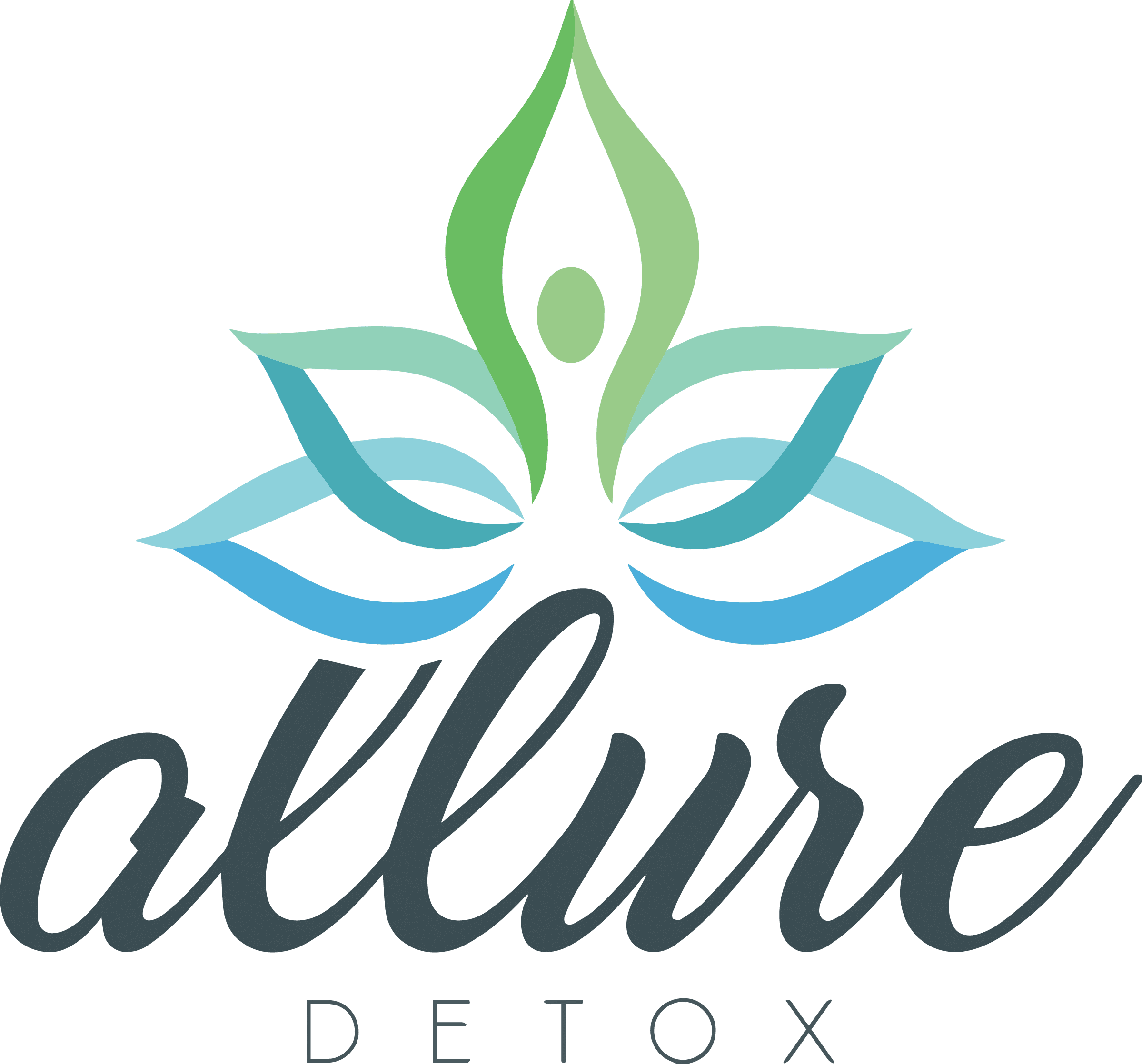As a former opiate addict now living in sobriety, it’s one of the most heartbreaking things in the world to see someone still struggling with their substance abuse. Often, when I’m in a city, I’ll come up upon a stoplight and see an addict nodding out (there are also some disturbing videos on YouTube from the streets of Philadelphia in the Kensington neighborhood where entire communities seem addicted.

I wish I could shake them out of it and tell them how good it is to be on the other side of that dark fence. But since I’ve been there, I know it would do little good, just as it would have done little good had someone done that to me. The Bliss of the Nod is just too tempting for those trying to cover up the pain with drugs. The following article is intended to give you insight into opiates, the nod, and how to tell if a loved one is dealing with an addiction to this deadly substance.
TL;DR: People on fentanyl may bend over or “nod off” due to the drug’s powerful sedative effects, leading to drowsiness and reduced muscle control.
Table of Contents
- 1 How Opiates Like Heroin Affect the Brain?
- 2 Do Opiates Slow Down Brain Activity?
- 3 How Do Opiates Affect the Body?
- 4 Side Effects and Withdrawal Symptoms of Heroin
- 5 Treatment Options for Heroin Addiction
- 6 Are There Any Other Signs that Someone is Using Heroin or Opiates?
- 7 Allure Detox and Heroin Addiction Treatment
How Opiates Like Heroin Affect the Brain?
Opiates affect the body and the brain in a multitude of ways. When it comes to the brain, opiates have a twofold effect that makes the user feel high. The first effect is a rush of dopamine to the dopamine receptors in the brain.
When opiates like heroin are taken, the dopamine rush given from the drug is higher than anything achievable from the natural world. Heroin use makes users feel high because it is a powerful central nervous system (CNS) depressant. Moreover, it can dramatically slow down many life-sustaining functions such as blood pressure, body temperature, heart rate, and respiration.
In other words, the feeling of getting high is unlike anything that the user has felt before… something like six times as much dopamine is released from an injection of heroin than could be felt naturally. This dopamine rush is responsible for the euphoric feeling that an opiate user receives from their drug of choice.

Do Opiates Slow Down Brain Activity?
Opiates also act as a sedative on the brain, which is responsible for the ”nod,” or the physical narcoleptic-like reaction to using the drug. After an effective dose, the opiate user can fall asleep while standing up, in mid-sentence, or doing just about anything. Even more so in people who simultaneously mix heroin or painkillers with alcohol, methadone, or benzodiazepines such as Valium or Xanax. But strangely, it appears opiates do not affect the balance. Some experienced add it can nod out and be completely bent over at the waist while standing up yet not fall over. The phenomenon is impressive, seeing it for the first time and horrific all at once. If you or someone you know experiences these symptoms, call 911 right away. Also, administer naloxone (narcan) if possible. This temporary treatment option can reverse the effects of an opioid overdose and allow time for medical and healthcare professionals to arrive.
How Do Opiates Affect the Body?
Meanwhile, each dose of opiates affects the body adversely. Toxins leftover from the cooking process end up in the body and affect it negatively. Heroin addicts can lose teeth, hair, and even fingernails. All the while, opiate addiction tends to make the opiate addict not take care of themself at all. Meals are missed, bills go unpaid, and life steadily starts to unravel.
Side Effects and Withdrawal Symptoms of Heroin
Heroin, an opioid drug derived from morphine, has powerful effects on the central nervous system and is highly addictive. It binds to opioid receptors in the brain, producing intense euphoria but also leading to severe short-term and long-term health consequences.
Side Effects of Heroin
Short-Term Side Effects:
When heroin enters the brain, it quickly converts to morphine and binds to opioid receptors, producing effects such as:
- Euphoria (“rush”) – Intense pleasure and relaxation
- Extreme Drowsiness – “Nodding off” or drifting in and out of consciousness
- Dry mouth – Cottonmouth sensation
- Warm, flushed skin – A result of blood vessel dilation
- Heavy limbs – A feeling of heaviness in the arms and legs
- Slowed breathing (respiratory depression) – Can lead to unconsciousness, coma, or death
- Nausea and vomiting – Common in first-time or high-dose users
- Severe itching – Caused by histamine release in the body
Long-Term Side Effects:
Chronic heroin use leads to severe health issues, including:
- Collapsed veins (from repeated injection use)
- Infections (such as HIV, hepatitis B & C) due to needle sharing
- Skin abscesses and ulcers
- Liver and kidney disease
- Heart infections (bacterial endocarditis)
- Chronic constipation and stomach cramps
- Lung complications (pneumonia, tuberculosis)
- Hormonal imbalances – Can lead to infertility or sexual dysfunction
- Cognitive impairment – Memory loss, poor decision-making, and emotional dysregulation
Withdrawal Symptoms of Heroin
Heroin withdrawal occurs when a dependent individual stops or reduces use. Symptoms can range from mild to severe, depending on the duration and intensity of use.
Early Withdrawal Symptoms (6-12 Hours After Last Use):
- Intense cravings for heroin
- Anxiety, agitation, and restlessness
- Runny nose and excessive yawning
- Sweating and chills (“cold turkey”)
- Muscle aches and joint pain
- Dilated pupils and watery eyes
Peak Withdrawal Symptoms (24-72 Hours After Last Use):
- Severe nausea, vomiting, and diarrhea
- Abdominal cramps
- Tremors and uncontrolled leg movements (“kicking the habit”)
- Profuse sweating
- High blood pressure and rapid heart rate
- Depression and suicidal thoughts
Post-Acute Withdrawal Syndrome (PAWS) (Weeks to Months):
- Persistent anxiety and depression
- Fatigue and low energy
- Mood swings and irritability
- Insomnia and vivid nightmares
- Cravings that can last for months or even years
Dangers of Heroin Withdrawal
Although heroin withdrawal is not usually fatal, severe dehydration from vomiting and diarrhea can lead to electrolyte imbalances and complications. Additionally, withdrawal increases the risk of relapse, which can be deadly if the person overdoses after losing tolerance.
Treatment Options for Heroin Addiction
- Medical Detox – Under medical supervision, medications like methadone, buprenorphine (Suboxone), or clonidine can ease withdrawal symptoms.
- Medication-Assisted Treatment (MAT) – Methadone, buprenorphine, and naltrexone help reduce cravings and prevent relapse.
- Behavioral Therapy – Cognitive Behavioral Therapy (CBT) and Contingency Management (CM) help address psychological dependence.
- Inpatient or Outpatient Rehab – Provides structured support for long-term recovery.
- Support Groups – 12-step programs like Narcotics Anonymous (NA) can help maintain sobriety.
Heroin is one of the most addictive and dangerous substance use disorders due to its severe withdrawal symptoms and high risk of drug overdose. Medical treatment, behavioral therapy, and long-term support are crucial for recovery.
Are There Any Other Signs that Someone is Using Heroin or Opiates?
One of the most noticeable signs of opioid use is constricted pupils, appearing tiny or pinpointed. The person may also seem excessively sleepy or have eyes that look irritated, as if they’ve been rubbing them. While these are key indicators, other signs can suggest opioid addiction. Many individuals who use heroin inject the drug, which can leave injection sites on the body.
The most common injection site is a vein in the arm, often near the elbow where veins are close to the surface. However, to conceal their drug use, some people may inject in less obvious locations, such as between the toes or into muscles in the arm or back. These practices carry significant health risks. It’s important to be aware of the signs of addiction, including both physical indicators like injection marks and behavioral changes.

Allure Detox and Heroin Addiction Treatment
If you or a loved one is struggling with opioid addiction, including addiction to prescription opioids or experiencing issues like heroin overdose or the “heroin nod,” it’s time to reach out to a treatment center like Allure Detox for help. We offer a comprehensive treatment program to support you on your path to recovery and improved mental health.
FAQ
What drug makes you fall asleep standing up?
Published on: 2021-06-07
Updated on: 2025-06-04



